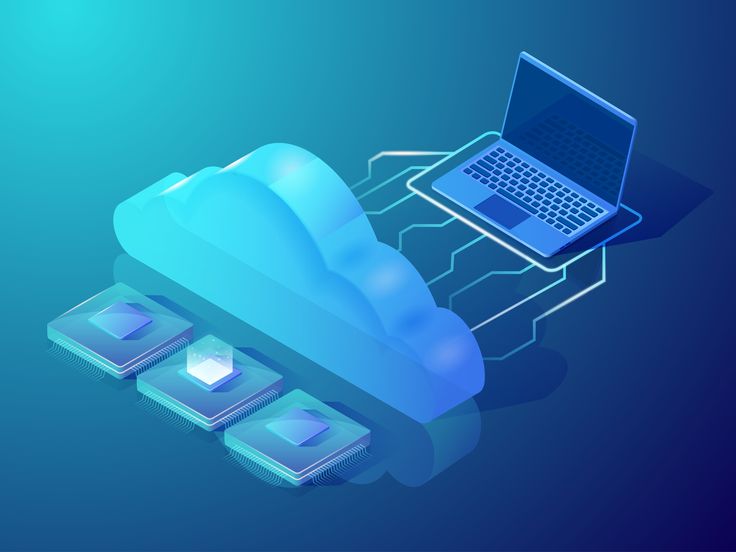Cloud computing has revolutionized the way businesses and individuals store, access, and manage data. With its scalability, cost-efficiency, and flexibility, it has become a cornerstone of modern IT infrastructure. However, one question often looms large: Is cloud computing secure?
In this blog, we’ll explore the security aspects of cloud computing, its potential risks, and how they can be mitigated.
Understanding Cloud Security
Cloud security refers to the set of policies, technologies, and practices designed to protect data, applications, and infrastructure in the cloud. Cloud providers like AWS, Microsoft Azure, and Google Cloud invest heavily in securing their platforms. However, the responsibility for security is shared between the provider and the user, often referred to as the shared responsibility model.
Provider Responsibilities:
- Securing the physical infrastructure (data centers).
- Ensuring the integrity of their cloud services.
- Regularly updating and patching systems to address vulnerabilities.
User Responsibilities:
- Protecting their data through encryption and access controls.
- Configuring cloud services securely.
- Monitoring and managing their cloud environment.
Potential Risks in Cloud Computing
While cloud providers offer robust security measures, risks still exist. Here are some of the most common:
1. Data Breaches
Unauthorized access to sensitive data can result in financial loss and reputational damage. This is often due to misconfigured storage or weak access controls.
2. Insider Threats
Employees or third-party contractors with malicious intent or negligent behavior can compromise cloud security.
3. Lack of Visibility
Organizations may struggle to maintain visibility over their cloud environment, making it harder to detect and respond to threats.
4. Compliance Challenges
Different industries have specific regulations regarding data storage and processing. Non-compliance can lead to legal and financial repercussions.
5. DDoS Attacks
Distributed Denial of Service (DDoS) attacks can disrupt access to cloud services, causing downtime and operational losses.
How to Enhance Cloud Security
Mitigating cloud security risks requires a proactive approach. Here are some best practices:
1. Encrypt Data
Ensure that data is encrypted both in transit and at rest. Encryption makes data unreadable to unauthorized users.
2. Implement Strong Access Controls
Use multi-factor authentication (MFA) and role-based access controls (RBAC) to restrict access to sensitive data.
3. Regularly Monitor and Audit
Utilize cloud monitoring tools to gain visibility into your environment. Regular audits can help identify and address vulnerabilities.
4. Choose a Trusted Cloud Provider
Select providers with a proven track record of security and compliance certifications like ISO 27001, SOC 2, and GDPR.
5. Train Employees
Educate staff about cloud security best practices and the importance of safeguarding credentials.
6. Backup Data
Regularly back up critical data to ensure business continuity in case of data loss or ransomware attacks.
The Role of Zero Trust in Cloud Security
Zero Trust is a security framework that assumes no user or device can be trusted by default, even if they are within the network perimeter. This model is particularly effective in cloud environments, as it:
- Enforces strict access controls.
- Continuously verifies user and device identities.
- Minimizes the attack surface.

